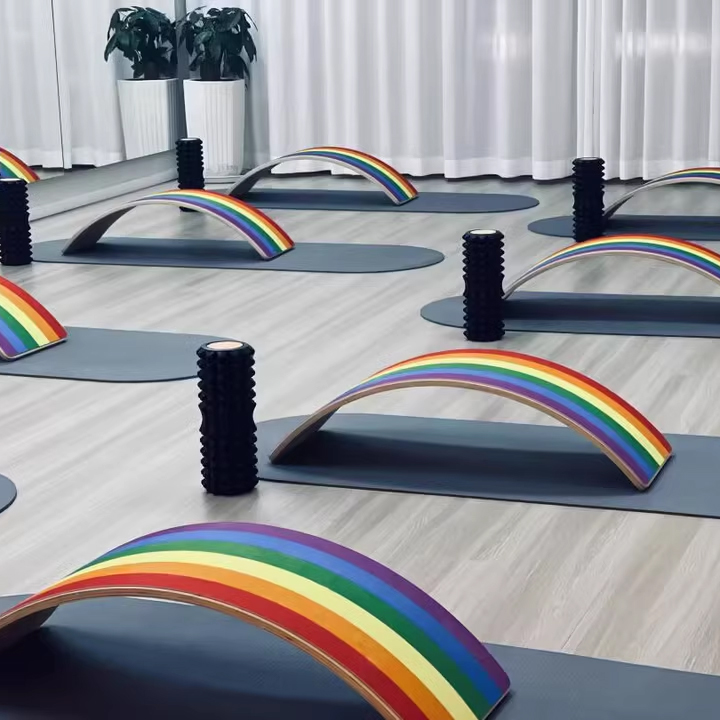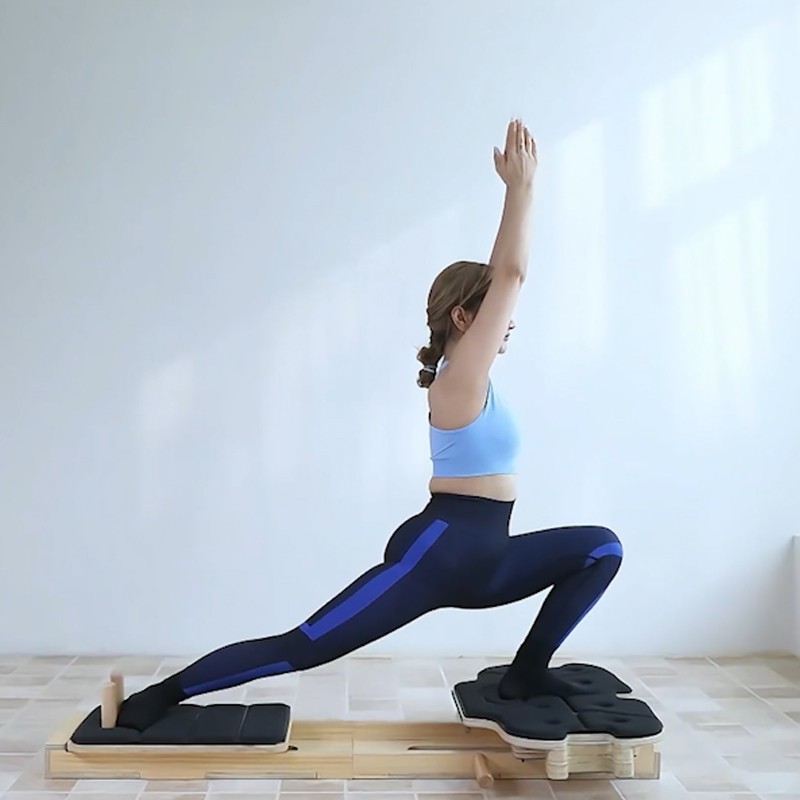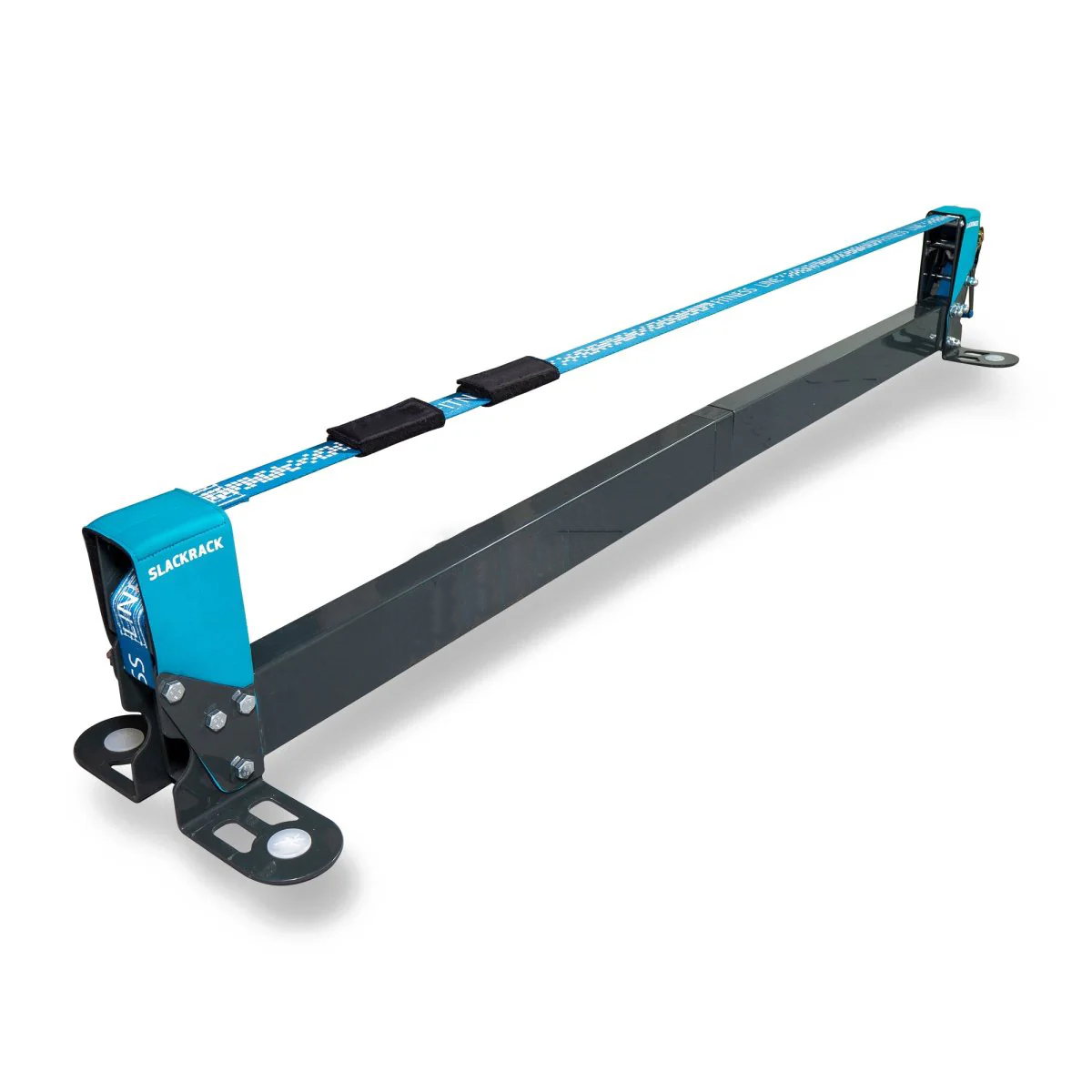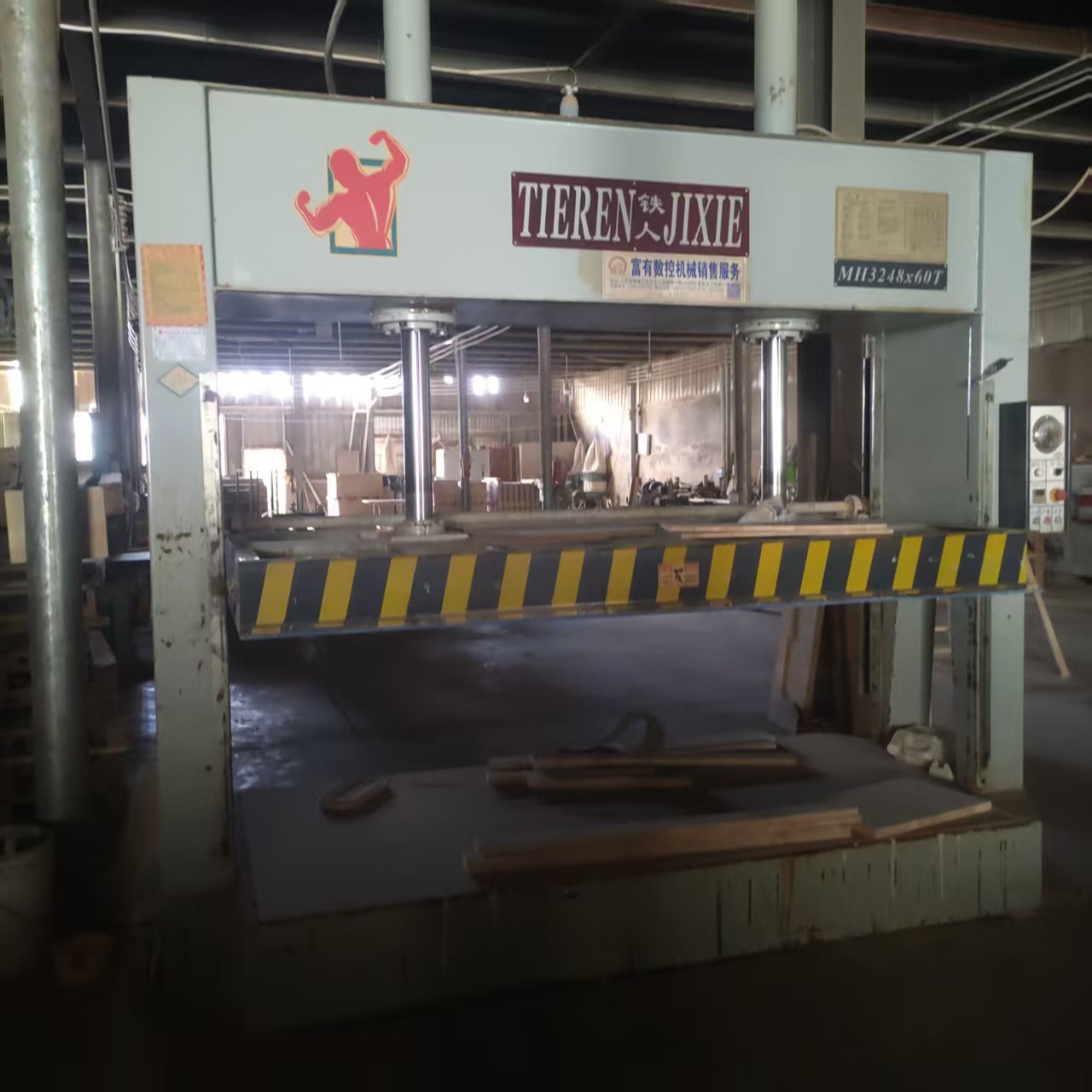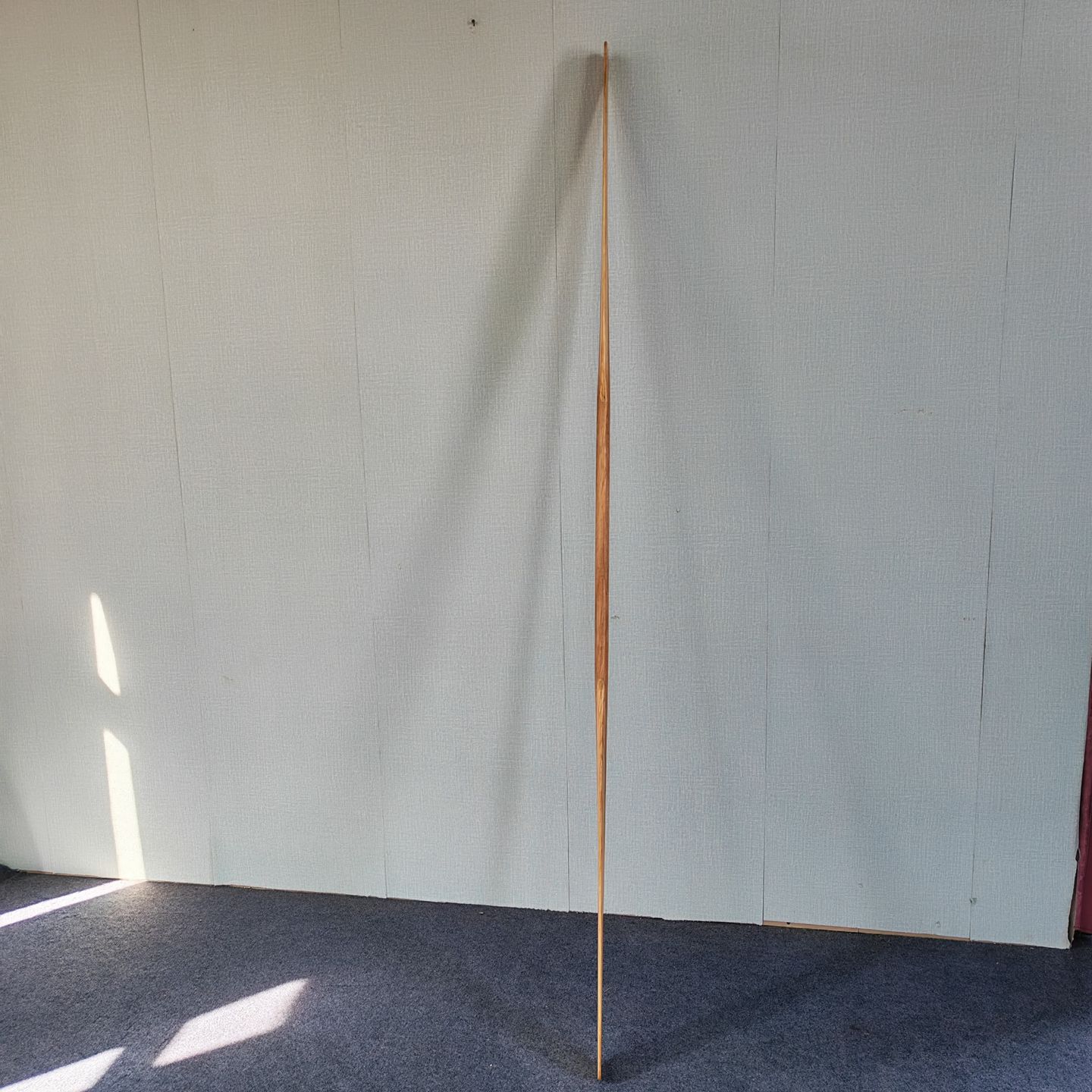
The following are targeted suggestions based on the material properties and the principles of rowing dynamics:
1. Usage Recommendations: Utilize the performance advantages of pine paddlesOptimizing Entry AngleCurved Paddling: Utilize the asymmetrical design of the Greenland paddle (80cm blades at both ends), maintaining a 55°-60° angle between the paddle blade and the water surface upon entry, reducing water resistance (the joints of the pine paddle blade should be parallel to the flow of water).Low Wind Resistance Grip: With an oval cross-section of 30mm×35mm on the paddle shaft, hold the paddle with the 35mm wide side facing into the wind to reduce wind resistance.Avoid Rough HandlingNo Leverage/Pushing: The bending strength of pine is only 70MPa (about 1/3 of carbon fiber), so never use the paddle blade to push against the bottom of the boat or against rocks, as this can easily cause cracks at the joints.Controlled Paddle Withdrawal: When withdrawing the paddle in fast flowing water, rotate the wrist 90° to pull the paddle vertically out of the water, avoiding lateral force that can break the paddle blade.Environmental Adaptation AdjustmentsAfter Using in Salt Water: Rinse immediately with fresh water to prevent salt corrosion of the adhesive seams (epoxy resin becomes brittle when exposed to salt).In Cold Water: In water below 0°C, limit paddling time to ≤30 minutes to avoid swelling and deforming of the wood.
2. Daily Maintenance: Core Steps to Extend the Lifespan of Wooden Paddles1. Wood Protection (Moisture Resistance, UV Resistance)Maintenance Item Operating Method Frequency ExplanationWood Wax Oil Care Apply a thin layer of food-grade wood wax oil (e.g., Osmo 3032) Once a month Fills wood pores and prevents moisture penetrationPanel Glue Joint Inspection Check light transmittance of glue lines under strong light, supplement with epoxy resin at transparent areas After every 10 uses Prevents panel cracking (pine shrinkage rate 8-12%)UV Protection Wrap in UV-resistant canvas during storage Long-term storage Prevents degradation of pine lignin into powdery substance.
2. Structure MaintenanceHandle Area Anti-slip:Sand the grasping area of the paddle shaft (30mm×35mm cross-section) with 600-grit sandpaper along the grain to remove the smooth oxidized layer formed by sweat, restoring the friction coefficient.Reinforcement of Paddle Edge:Apply polyurethane edge paint (thickness ≤ 0.3mm) within 5cm of the tip of the paddle blade to prevent chipping and damage.
3. Scientific StorageIncorrect Method Correct Method ReasonStoring paddles upright against a wall Horizontally suspended (distance between hooks ≥ 1.2m) Prevents 220cm long paddles from bending and deforming due to their own weightStoring in a humid environment Humidity 40%-60% in a ventilated area Pine wood with moisture content > 18% is prone to moldOverlapping paddles when stored Storing each paddle separately with paddles misaligned Avoids pressure on joints causing glue to separate
Emergency Repair Plan for DamageSmall Cracks (<1mm):Inject low-viscosity epoxy resin (such as West System 105), use a heat gun to heat to 60℃ to promote infiltration, and then sand smooth after curing.Delaminated Joints:Remove old glue → Apply slow-drying epoxy glue → Wrap with bandage for pressure for 24 hours.Edge Chips:Fill with pine powder and CA glue, shape with a carving knife, then apply wood wax oil.
Maintenance Cycle Summary TableMaintenance Items Freshwater Use Seawater Use DowntimeOverall Cleaning Air dry after each use Rinse with freshwater immediately Air dry —Wood Wax Oil Care Every 8-10 hours of use Every 5-8 hours of use MonthlyComprehensive Structural Inspection Quarterly Monthly Every six monthsCoating Renewal Every 2 years Every year Depending on aging conditionKey Tip: The core value of New Zealand pine Greenland paddles lies in their handmade warmth; avoid excessive sanding that damages the original curve. Spending 5 minutes on maintenance after each use can extend the lifespan to over 10 years (referring to the logic of the century-old tradition of Inuit whale bone paddles). If absolute maintenance-free is desired, it is recommended to have a backup carbon fiber paddle; however, the feedback from the water and human warmth of the pine paddle is still difficult to replace with technological materials.


